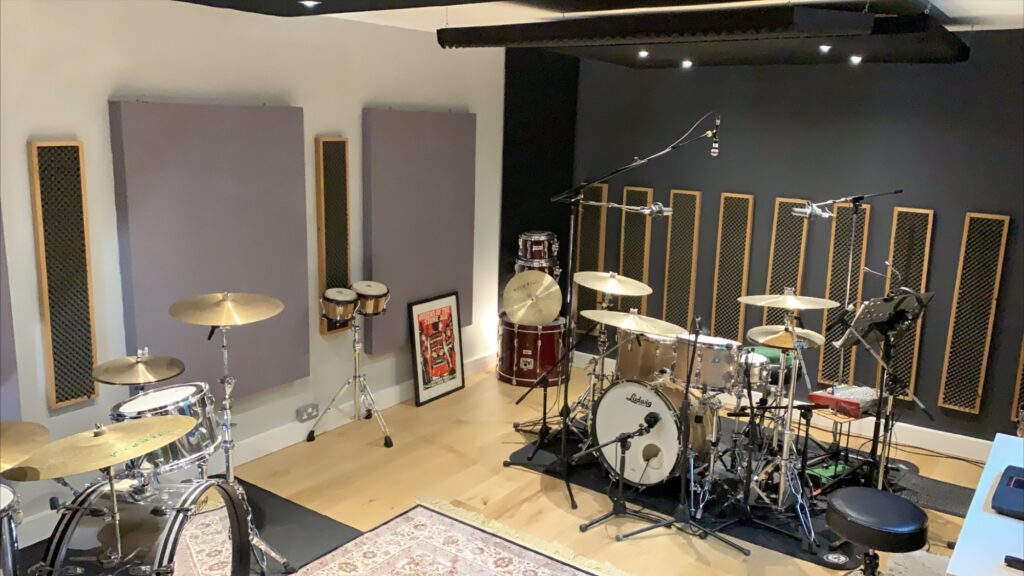Acoustic barriers, also known as sound barriers or noise barriers, are structures designed to reduce noise pollution by blocking or absorbing sound waves. They are commonly used in urban areas, highways, industrial zones, and residential neighborhoods to create quieter environments. Acoustic barriers come in various types, each suited for specific applications and noise reduction needs. In this article, we explore the different types of acoustic barriers and their unique features.
1. Reflective Acoustic Barriers
Reflective acoustic barriers are designed to block sound waves by reflecting them back toward the source. These barriers are typically made from dense materials like concrete, metal, or wood. They are highly effective in reducing high-frequency noise, such as traffic sounds or industrial machinery. However, they may not be as effective for low-frequency noises, which can diffract around the barrier. Reflective barriers are commonly used along highways and railways.
2. Absorptive Acoustic Barriers
Absorptive acoustic barriers are designed to absorb sound waves rather than reflect them. These barriers are made from porous materials like fiberglass, foam, or mineral wool, which trap sound energy and convert it into heat. Absorptive barriers are particularly effective for reducing noise in enclosed spaces, such as recording studios, offices, and industrial facilities. They are also used in outdoor settings where reflected noise could be problematic.
3. Composite Acoustic Barriers
Composite acoustic barriers combine both reflective and absorptive properties to provide a balanced solution for noise reduction. These barriers typically feature a reflective surface on one side and an absorptive material on the other. This dual design makes them versatile and effective for a wide range of applications, including highways, residential areas, and commercial buildings. Composite barriers are often preferred for their ability to address both high- and low-frequency noises.

4. Transparent Acoustic Barriers
Transparent acoustic barriers are made from materials like acrylic or polycarbonate, allowing light to pass through while reducing noise. These barriers are ideal for areas where visibility is important, such as near scenic landscapes, pedestrian walkways, or residential properties. While they may not offer the same level of noise reduction as denser materials, they provide an aesthetically pleasing solution that maintains visual connectivity.
5. Earth Berms (Natural Acoustic Barriers)
Earth berms are natural or man-made mounds of soil and vegetation that act as acoustic barriers. They are an eco-friendly option for noise reduction, often used in rural or suburban areas. Earth berms work by absorbing and deflecting sound waves, and their natural appearance blends seamlessly with the environment. While they require more space than traditional barriers, they are highly effective for reducing low-frequency noises.
6. Vegetative Acoustic Barriers
Vegetative acoustic barriers consist of dense plantings of trees, shrubs, or hedges that absorb and scatter sound waves. These barriers are environmentally friendly and enhance the aesthetic appeal of the surrounding area. While they may not provide the same level of noise reduction as solid barriers, they are effective for moderate noise levels and are often used in residential neighborhoods and parks.
7. Modular Acoustic Barriers
Modular acoustic barriers are prefabricated panels that can be easily assembled and disassembled. These barriers are highly customizable and can be made from a variety of materials, including wood, metal, and composite materials. They are ideal for temporary noise control at construction sites, outdoor events, or industrial facilities. Modular barriers offer flexibility and can be relocated as needed.
Call us: Contact Waseem Technical Soundproofing Expert in Dubai For Soundproofing: +971 50 209 7517
Conclusion
Acoustic barriers are essential tools for mitigating noise pollution and creating quieter, more comfortable environments. The type of barrier chosen depends on factors such as the noise source, frequency, and the specific requirements of the location. Whether it’s a reflective barrier for highways, an absorptive barrier for industrial facilities, or a transparent barrier for scenic areas, each type offers unique benefits. By understanding the different types of acoustic barriers, you can select the most effective solution for your noise reduction needs.




